Types of Stroke: Understanding the Different Types and What They Mean for Your Health
Discover the different types of stroke, including ischaemic, haemorrhagic, and transient ischaemic attacks (TIA). Learn their causes, symptoms, and treatment options to protect your health.

Written by Dr. Sonia Bhatt
Last updated on 3rd Jul, 2025

Introduction
Stroke is a serious medical condition which occurs when the blood supply to part of the brain is disrupted, causing brain damage. It's one of the leading causes of death and long-term disability worldwide. Understanding the different types of strokes is important for early detection, prevention, and effective treatment. In this article, we'll explore the main types of strokes, their symptoms, risk factors, and, most significantly, what you can do to reduce your risk.
What is a Stroke?
A stroke happens when a blood clot blocks an artery (ischaemic stroke) or when a blood vessel bursts (haemorrhagic stroke), preventing blood from reaching brain tissue. Since the brain relies on a constant blood supply to function properly, any interruption can cause damage that affects movement, speech, and other vital functions. There are several different types of stroke, each with distinct causes, symptoms, and outcomes.
1. Ischaemic Stroke: The Most Common Type
Ischaemic strokes account for approximately 85% of all stroke cases. They occur when a blood clot or other blockage interrupts the blood flow to the brain. There are two leading causes of ischaemic strokes: thrombosis and embolism.
Thrombosis: This type of stroke happens when a clot forms in one of the arteries supplying blood to the brain. A build-up of fatty deposits (atherosclerosis) or other factors can narrow the arteries, increasing the risk of a clot forming. This clot can block the blood flow to the brain, leading to a stroke.
Embolism: In this case, a clot or other debris forms elsewhere in the body (often the heart) and travels through the bloodstream to the brain. This type of stroke is often caused by heart problems like atrial fibrillation, which can lead to the formation of blood clots that travel to the brain.
Symptoms of an Ischaemic Stroke include:
Sudden weakness or numbness on one side of the face or body
Difficulty speaking or understanding speech
Sudden vision problems in one or both eyes
Sudden severe headache with no known cause
Dizziness or loss of balance
2. Haemorrhagic Stroke: When Blood Vessels Burst
A haemorrhagic stroke occurs when a blood vessel in the brain bursts, causing bleeding in or around the brain. The two types of haemorrhagic stroke are intracerebral haemorrhage and subarachnoid haemorrhage.
Intracerebral Haemorrhage: This is the most common type of haemorrhagic stroke. It happens when an artery in the brain bursts, flooding the surrounding tissue with blood. High blood pressure, trauma, and conditions that weaken blood vessels are common risk factors.
Subarachnoid Haemorrhage: This happens when bleeding occurs between the brain and the thin tissues that cover it. It’s often caused by the rupture of an aneurysm (a weakened area of a blood vessel). Although less common, subarachnoid haemorrhages can be particularly dangerous due to the high risk of complications.
Symptoms of a Haemorrhagic Stroke include:
Sudden severe headache, often described by patient as the "worst headache of your life"
Nausea and vomiting
Seizures
Loss of consciousness
Weakness or numbness on one side of the body
3. Transient Ischaemic Attack (TIA): A Warning Sign
A Transient Ischaemic Attack (TIA), sometimes called a mini-stroke, is a momentary blockage of blood flow to the brain. The symptoms of a TIA are similar to those of an ischaemic stroke but typically last for a few minutes to a few hours and resolve without causing permanent brain damage. Although TIAs don't cause lasting damage, they are an important warning sign that a full-blown stroke could occur in the future.
Symptoms of a TIA are similar to those of a stroke and include:
Sudden numbness or weakness in the face, arm, or leg
Difficulty speaking or understanding speech
Vision problems
Sudden severe headache
If you or someone you know experiences these signs, it is essential to seek medical aid instantly, even if the symptoms disappear. TIAs are a strong indication that you are at high risk for a stroke and should be assessed by a doctor.
4. Cryptogenic Stroke: Unknown Causes
In some cases, doctors may not be able to determine the exact cause of a stroke. This is referred to as a cryptogenic stroke. Despite thorough testing, the origin of the blood clot or bleeding remains unknown. In these cases, doctors may still treat the stroke's symptoms and risk factors while keeping a close watch for any underlying health conditions that might have contributed to the stroke.
Symptoms of a Cryptogenic Stroke are similar to those of other types of stroke and include:
Sudden weakness or numbness
Difficulty speaking or understanding speech
Sudden vision problems
Severe headache
5. Brain Stem Stroke: Affecting Vital Functions
A brain stem stroke happens when blood flow to the brain stem is disrupted. The brain stem controls many of the body's essential functions like breathing, heart rate, and swallowing. Due to the critical role the brain stem plays in keeping the body alive, these strokes are often more serious and can lead to severe complications and sometimes even death.
Symptoms of a Brain Stem Stroke include:
Difficulty swallowing or speaking
Paralysis or weakness in the face or limbs
Dizziness and balance problems
Breathing difficulties
What to Do If You Suspect a Stroke: The FAST Test
Recognising the signs of a stroke early is essential for effective treatment. The quicker you act, the better the chances of reducing brain damage and improving outcomes. Use the FAST test to identify potential stroke symptoms:
F: Face – Ask the person to smile. Does one side of the face droop?
A: Arms – Ask the person to raise both arms. Does one arm drift downward?
S: Speech – Ask the person to repeat a simple sentence. Is their speech slurred or strange?
T: Time – Call emergency services immediately if any of these signs are present. Time is of the essence.
Reducing Your Risk of Stroke
While not all strokes can be stopped, there are steps which can reduce the risk:
Manage Blood Pressure: High blood pressure is the leading cause of stroke. Keep your blood pressure under control through lifestyle changes and, if necessary, medication.
Stop Smoking: Smoking rises your risk of stroke by raising blood pressure and promoting clot formation. Quitting smoking can significantly reduce your risk.
Control Diabetes: Diabetes increases the risk of stroke, so it's important to control your blood sugar levels through diet, exercise, and medication.
Eat a Healthy Diet: A balanced diet with a high amount of fruits, vegetables, whole grains, and lean proteins can help prevent conditions that contribute to stroke, such as high cholesterol and high blood pressure.
Exercise Regularly: Physical activity helps improve circulation and decrease risk factors like high blood pressure and obesity.
Limit Alcohol: Excessive alcohol consumption can increase blood pressure and contribute to stroke risk.
Know Your Family History: If you have a history of stroke or heart disease in your family, discuss it with your doctor to assess your risk.
Conclusion
Understanding the different types of stroke—whether ischaemic, haemorrhagic, transient ischaemic, or brain stem—can help you recognise the warning signs and take swift action. Early diagnosis and treatment are crucial in lowering the damage caused by strokes. By adopting a healthy lifestyle, controlling risk factors, and staying informed about the symptoms, you can significantly decrease your probabilities of having a stroke. If you presume a stroke, remember the FAST test and act quickly—every second counts.
Consult Top Neurologist
Consult Top Neurologist

Dr. Avinash Gupta
Neurologist
12 Years • MBBS, DNB - Neurology
Bilaspur
Apollo Hospitals Seepat Road, Bilaspur
(125+ Patients)

Dr.srinivasan Mariappan
Neurologist
20 Years • MBBS, MD, DM (Neuro)
Chennai
Apollo Clinic, Velachery, Chennai

Dr. Aditendraditya Singh Bhati
Neurosurgeon
18 Years • MBBS(2004), DNB Neurosurgery(2014); MNAMS; Fellow Neuroendoscopy
Delhi
Apollo Hospitals Indraprastha, Delhi
(100+ Patients)
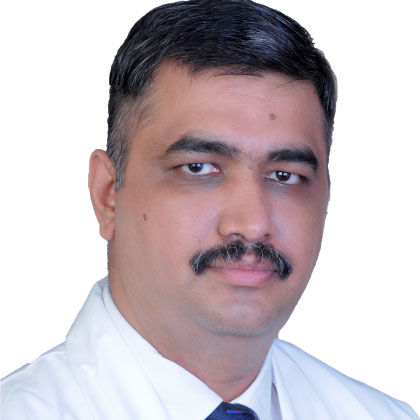
Dr. Amit Kapoor
Neurosurgeon
18 Years • D.N.B NeuroSurg.
Delhi
Apollo Hospitals Indraprastha, Delhi
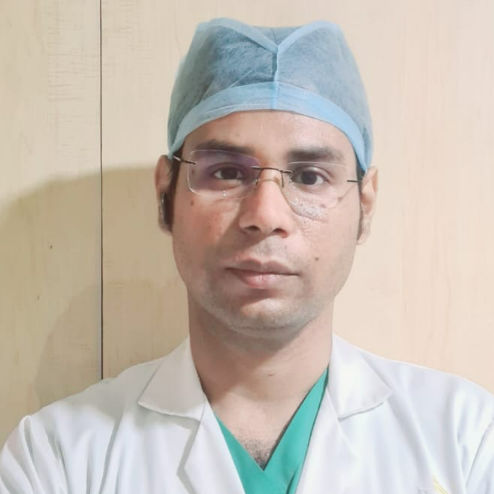
Dr Debnath Dwaipayan
Neurosurgeon
9 Years • MBBS, MS(Gen. Surgery), DrNB (Neurosurgery)
Delhi
Apollo Hospitals Indraprastha, Delhi
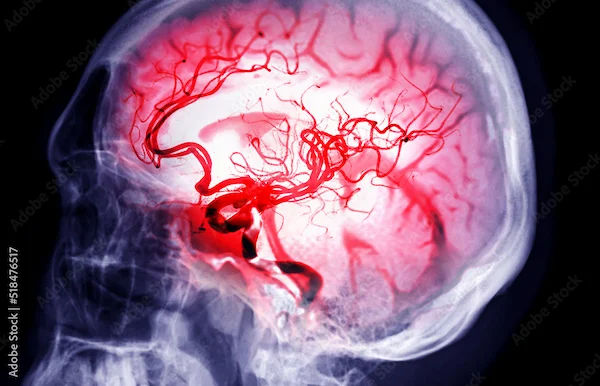
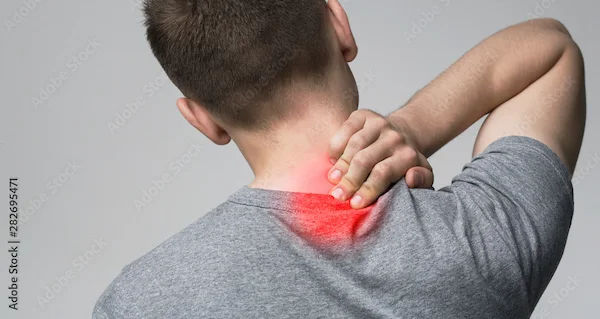
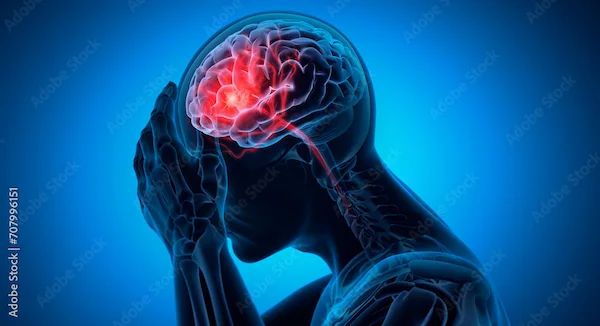
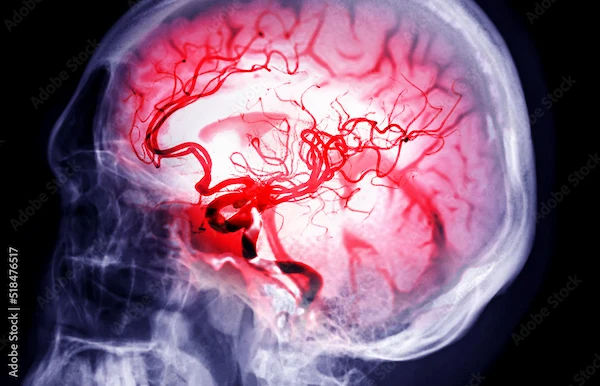
.webp)